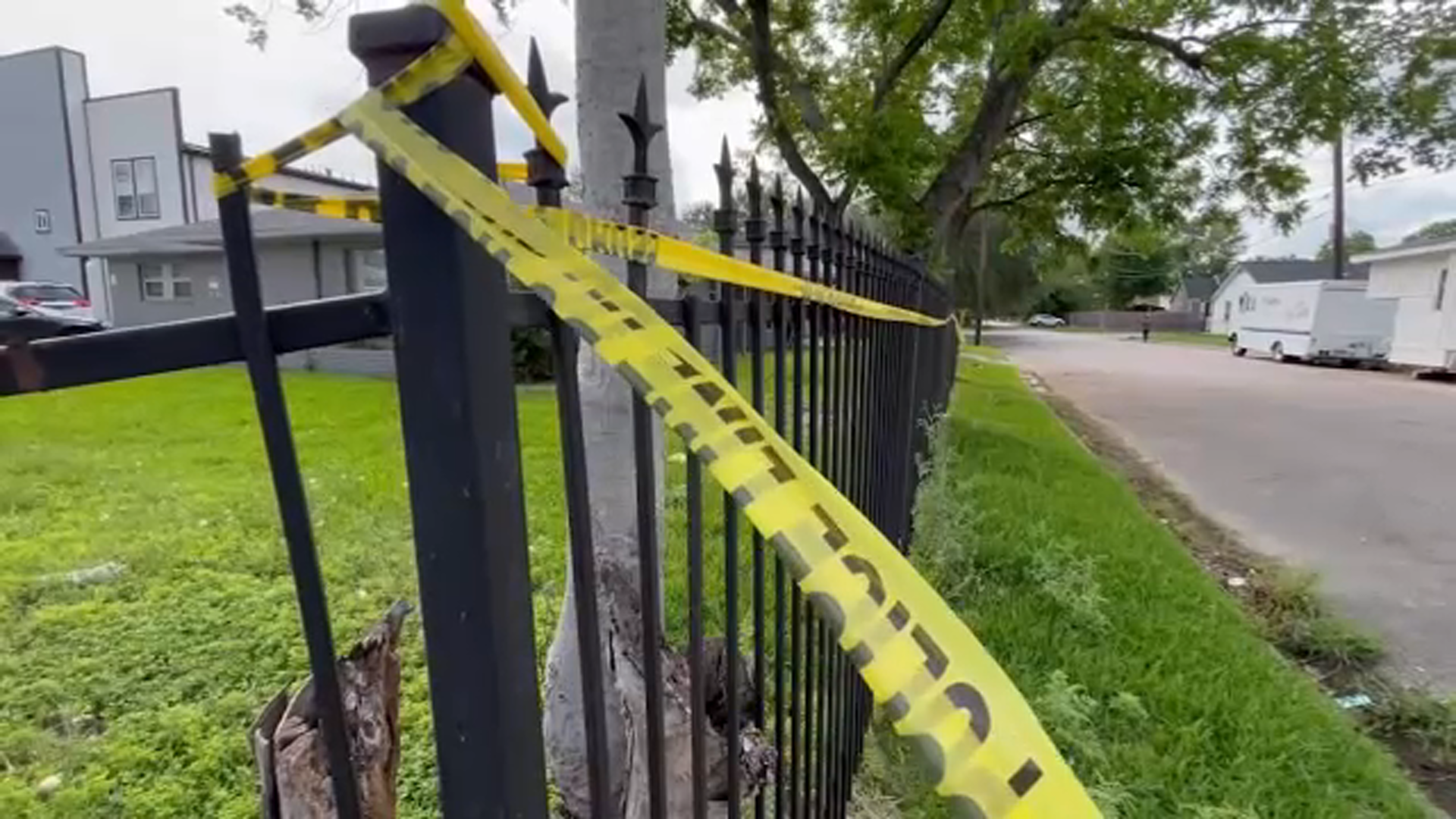Regenerative art structure, Arco del Tiempo, brings green energy & much-needed shade to Second Ward

HOUSTON, Texas (KTRK) -- The city of Houston will soon be home to a one-of-a-kind art installation that will be a beacon for how beautiful clean and green energy can be.
The Arco del Tiempo, or Arch of Time, is set to go up in the Guadalupe Plaza Park in the city's historic Second Ward in late 2024.
It'll be the world's largest, freestanding sundial when completed.
Better yet, the Arco del Tiempo will be a piece of regenerative art, meaning the artwork itself will be able to reduce Houston's carbon footprint.
Solar panels will be used in Arco del Tiempo that will eventually be capable of producing 400,000-kilowatt hours of power each year.
That energy will go directly into the city's power grid to help provide energy to local homes and businesses.
ABC13 Meteorologist Elyse Smith was able to speak to the artist behind the design project, Riccardo Mariano.
He said it was important to seek inspiration from the community based on their needs and wants for the neighborhood.
"One of the main ideas is just really to provide the shaded space outdoors that can be used, and at the same time to integrate the generation of renewable energy and public art, and also to inspire and refer to concepts that are relating to the idea of time and how we measure it," Mariano said.
The art installation emits light as the sun moves across the sky and shines on different portions of the sundial.
Local leaders like Theresa Escobedo, who oversees the Civic Art installations for the city of Houston, are thankful for that. Theresa said it's about time that a project of this caliber came to the Second Ward.
"So there's some healthy skepticism from that historic neglect. We're really pleased this is actually happening," Escobedo said.
The project is in collaboration with the Land Art Generator Initiative. Co-founders Robert Ferry and Elizabeth Monoian believe Houston is the perfect place for this kind of art installation for several reasons.
"We are really looking forward to the educational impact that the artwork will provide for the community and beyond. It's, you know, truly, a STEM to STEAM project with art at the center," they said.
A groundbreaking is scheduled for later this year with the hope of completing the project by the end of 2024.











